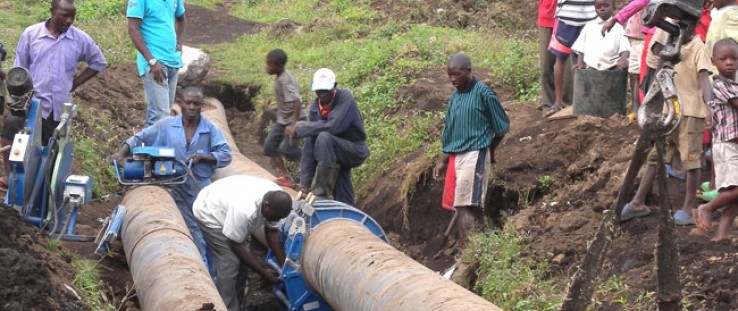 Workers fuse pipes together in Goma.
Mercy Corps
Workers fuse pipes together in Goma.
Mercy Corps
 Workers fuse pipes together in Goma.
Mercy Corps
Workers fuse pipes together in Goma.
Mercy Corps
In the shadow of Africa’s most active volcano, Mount Nyiragongo, the shore of Lake Kivu in eastern Democratic Republic of Congo (DRC) bustles with crowds each day. From dawn until dusk, hundreds of people—from as young as 5 to the elderly—come to the lake with dusty yellow plastic jerry cans to fill with as much water as they can carry.
Though the water is dangerous— risking cholera and other water-borne diseases—many families living in the nearby city of Goma have few alternatives for drinking, washing and cooking.
Goma’s dilapidated water system—already leaking, inadequate and badly damaged by lava flow when Nyiragongo erupted in 2002—simply can’t provide enough water for the city’s inhabitants. This is compounded by the more than 60,000 people who have been displaced when rebel forces took over the city for a short time in November 2012. Many travel for more than three hours to collect just one container of this untreated water, leaving little time for adults to earn income or for children to attend school.
“Here, there is no water, there are no rivers, so we all suffer, said Siya Marguerite, a mother of five children. “My children are growing up in conditions much worse than I had at their age. It really pains my heart to see and I am worried for our lives.” Marguerite settled in Goma after fleeing violence that plagues rural eastern Congo.
Here disease is closely linked to water quality. A 2008 survey of Goma inhabitants found that the incidence of diarrhea in children under age 5 was 22 percent. Although a 2010 government survey indicated that nearly two-thirds of urban areas have access to clean water, estimates for Goma are at best, 40 percent. Cholera outbreaks are a regular occurrence.
USAID, in partnership with Mercy Corps and other donors, is close to providing a lasting solution to the city’s water problem for disadvantaged families. In time for World Water Day on March 22, USAID and Mercy Corps completed the first and most significant phase of work rehabilitating, improving and massively extending the city’s water system, bringing safe water to the doorsteps of more than 250,000 people in Goma, nearly a quarter of the estimated population of the city.
Work began on this project in 2008, when less than 40 percent of the existing water system was functional. In addition, because the population has doubled over the last decade, mostly due to flight from the conflict in eastern Congo, many people settled in areas on the edge of town beyond the reach of the existing water system.
“Working on a municipal water system is not typical for a USAID food assistance program,” said Paul Majarowitz, team leader for Central and Southern Africa in the Office of Food for Peace. “But because Mercy Corps’ program was focusing on a peri-urban area with high malnutrition rates, we felt it was critical to focus on the water problems as a way to address underlying food insecurity issues such as diarrheal disease transmission.”
Health problems associated with poor water quality such as chronic diarrhea can cause the body to be depleted of vital nutrients. And treating this malnutrition only with nutritious food is not enough if the individual is still exposed to environmental factors such as unsafe water.
Water in 10 Minutes
By working with REGIDESO, the Congolese state water utility company, the provincial government and partner agencies, the water system will provide 250,000 people with a water point within 250 meters of their home. The round trip that will not exceed 10 minutes to fetch water will be a major improvement over the three hours that some now face. At these water points—concrete structures with water taps—people can fill up their own containers. Water will be available from these public water points for 50 francs ($0.06) per 20 liters, compared to three to six times that amount that residents currently pay to private vendors.
Teams have spent the last three years working on this huge and deeply challenging project. To build this infrastructure, workers created a system that pumps water from Lake Kivu to enormous reservoirs built to store and treat the water on the outskirts of town; constructed and repaired kilometers of pipeline to transport the treated water to where it is needed; and built water tap stands in the community.
Crews faced digging pipelines through huge, solid beds of lava rock. Even jackhammers bounced off the surface, which required teams to excavate virtually all of the thousands of meters of pipeline trenches by hand. The massive scale of the project and escalating conflict in Goma and across the Kivu provinces in recent months also presented difficulties for workers. The work had to be abandoned for a time during the heaviest fighting.
Still, completing the water project was deemed a high priority for a city where the underlying needs for safe water and cholera prevention remain constant in spite of the various factions fighting for dominance.
“This critical long-term solution in the midst of a conflict is so important to helping populations cope,” said USAID/DRC Mission Director Diana Putman. “I am eager to see the water system fully opened so that more are able to benefit, particularly given the large numbers of displaced people in transit or temporarily residing in and around Goma.”
Safari Ruvugirwa, a resident on the outskirts of Goma, added: “We are happy because we will no longer need to walk many kilometers to find water. Water will find us right here.”
Erin Gray is Mercy Corps’ senior media communications officer.







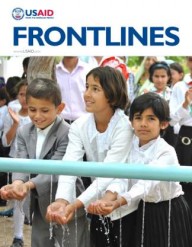

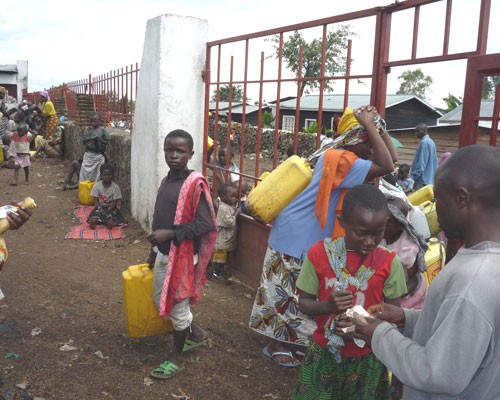
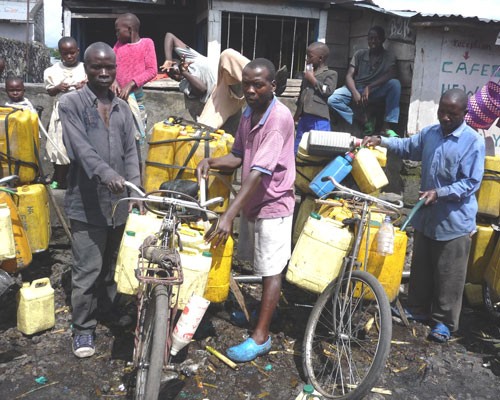
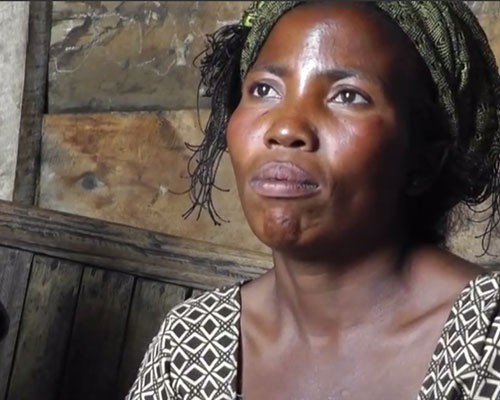
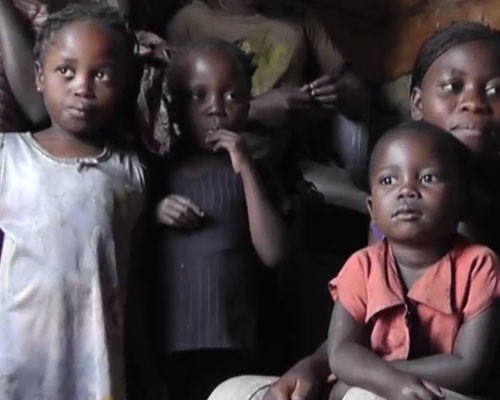
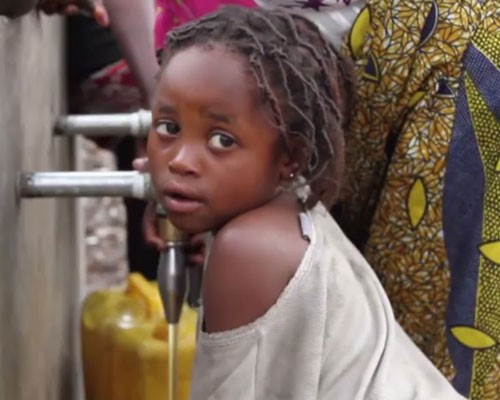
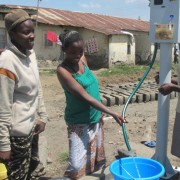
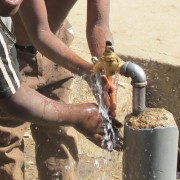
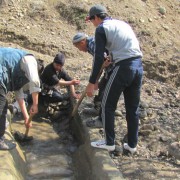
Comment
Make a general inquiry or suggest an improvement.